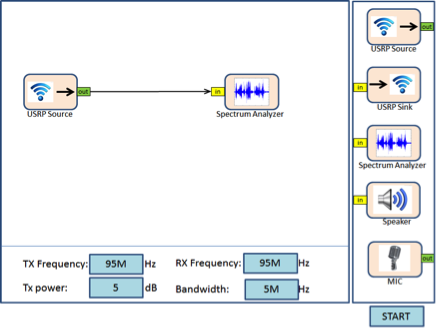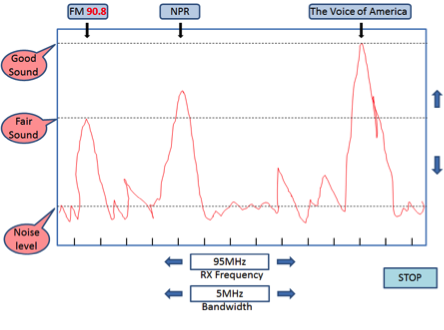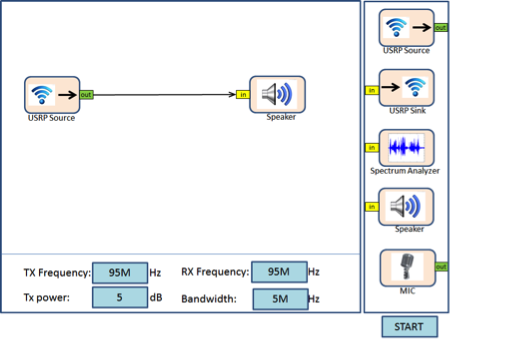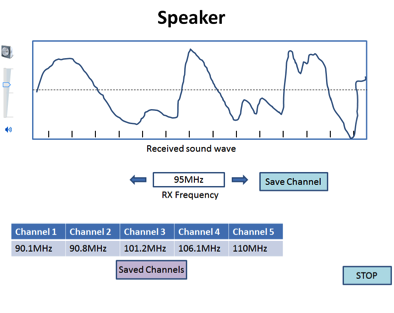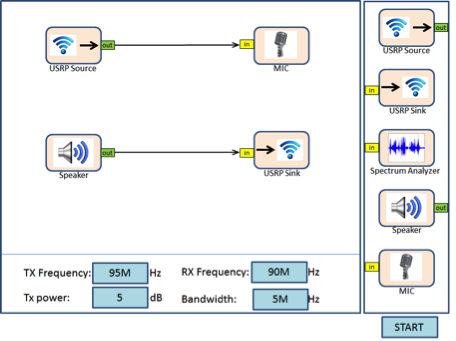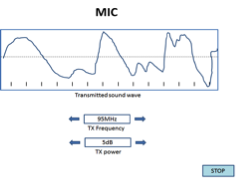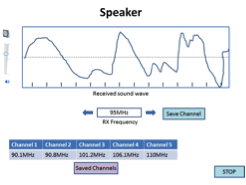One of the main missions of our group is to reach out to the community. We believe in exposing the true fun aspect of Engineering to the next generation so that they could consider a career in this field. We reach out through two venues; (i) by hiring high/middle school students as summer interns and (ii) by creating course components that can be taught at high/middle schools.
About Publications Team Outreach Projects Sponsors
Summer Intership
Nitya Kasturi (CS)Background: Nitya is a Sophomore (10th Grade) in Henry M. Gunn High School, Palo Alto, CA.
Course Components
St. Stephen's Community HouseMiddle School Summer ProgramThe approval of this component is here: MOU. This project will be offered from Summer 2014, with a potential pilot program in Fall 2013. The whole project will be offered 1-8 times every summer. The Goal: There is much evidence that children decide NOT to have a career in Engineering when they go to middle school. The goal of this project is to expose them a special topic in Engineering in order to encourage them to consider a career in Engineering. The government of United States has identified wireless technology as key to meeting the ever-growing demand on data. In fact, the government will be opening up 200MHz of spectrum in the next 10 years to address this demand. This demand also means that there is will be a need for Engineers who can work with this technology. Thus, the futuristic goal of this project is to encourage the students of today to consider a career in wireless in the future. Therefore, this project will be focused on wireless/radio technology.
The Project: The project will introduce students to basic radio operations. The students will have hands-on experience building a simple FM radio receiver and then building a walkie-talkie. We will be using laptops connected to USRP software-defined radios for this project. Every group of 2-3 students will be given a laptop, a USRP radio and a WBX daughterboard. Prof. Kannan Srinivasan and his research group (CoSyNe) will provide these hardware components and any documentation to build this project.
|

